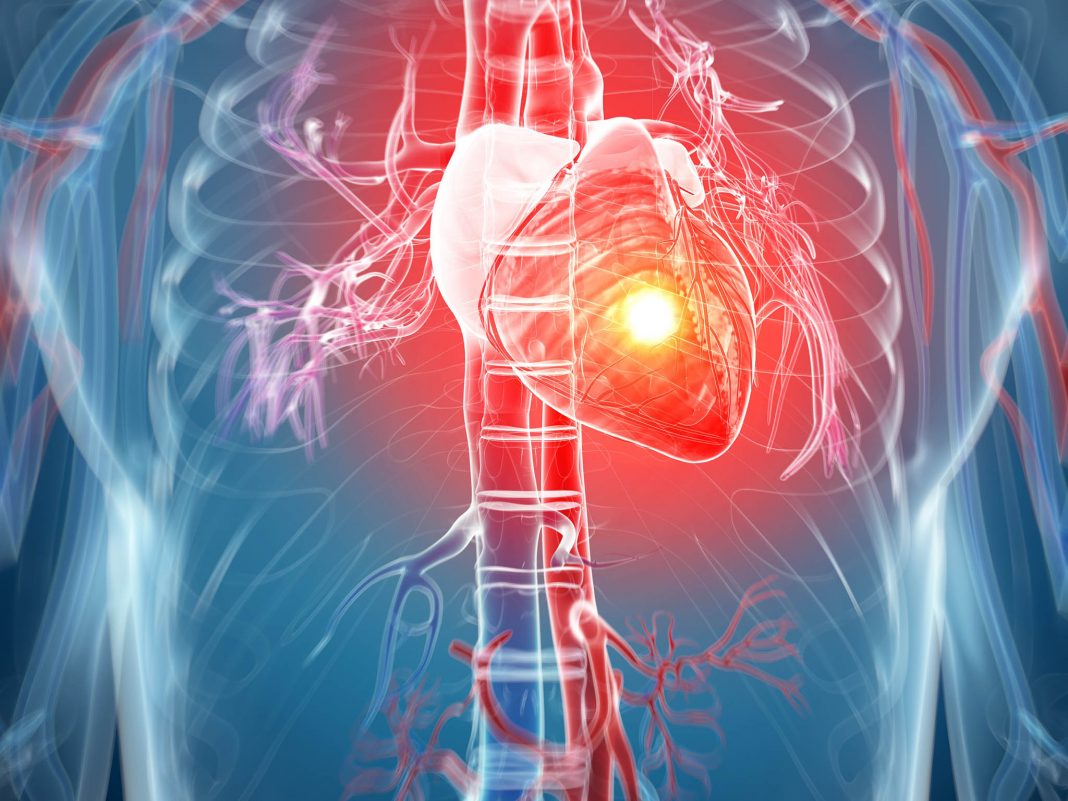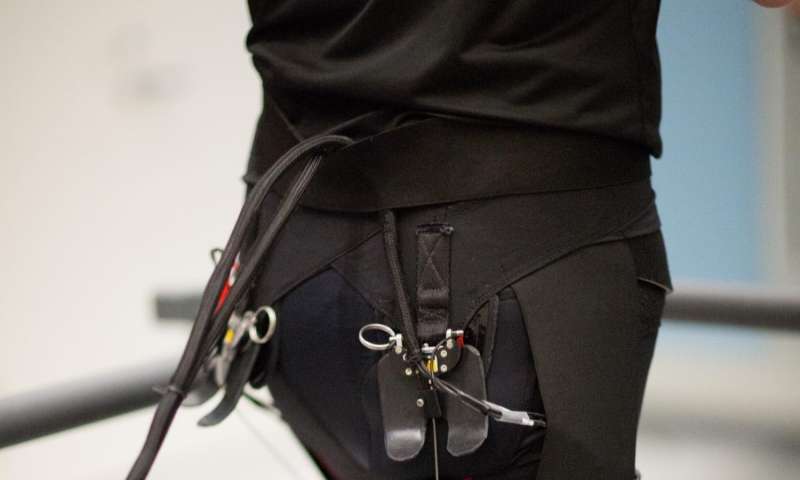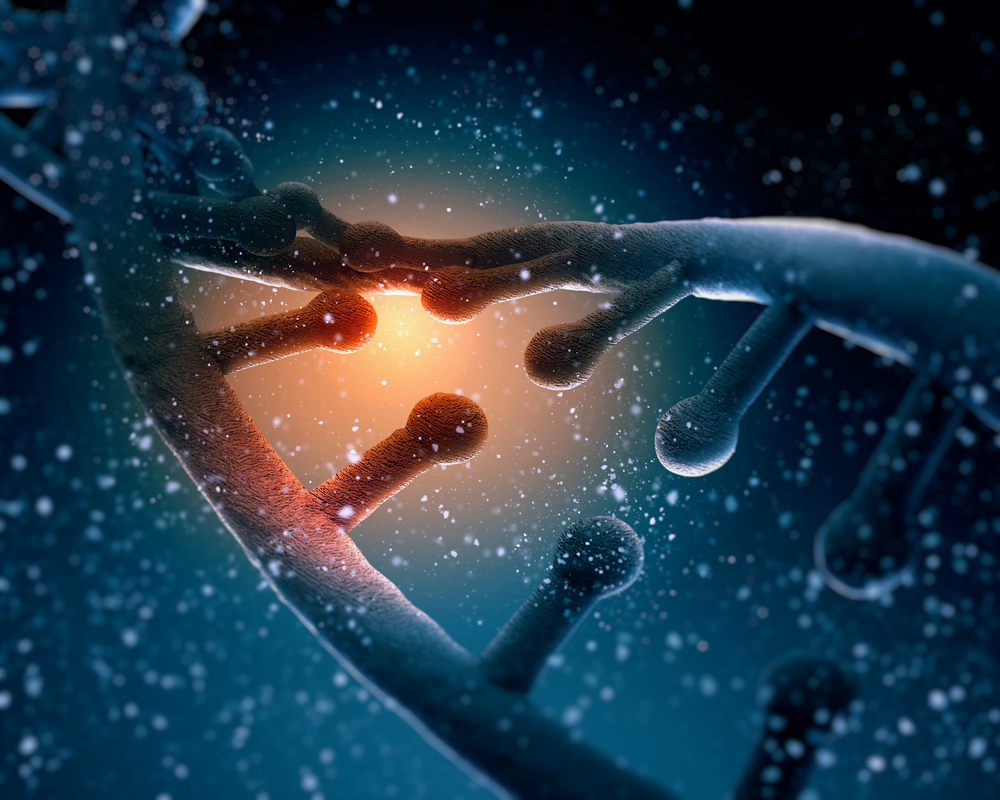Reperfusion is a common technique used by cardiac surgeons to restore normal functions to heart muscle during a heart attack. The procedure infuses cells with a rush of oxygen by unblocking vessels using stints and balloons. However, the rush of oxygen can do just as much harm as good if too rapid, adding further injury to already vulnerable heart muscle.
A mechanical engineering graduate student from MIT, Anthony McDougal has created a model of heart cell that can predict its reaction to a loss of oxygen. Working with professor C. Forbes Dewey, the pair investigated how far oxygen levels could drop before the cell could not longer produce ATP, the molecule used by cells for energy. The results of their work were published in the Journal of Biological Chemistry.
Previous similar modeling has centered on the lack of oxygen for a very short period of time, only a minute or two. McDougal and Dewey wanted to track the changes of a heart cell from the instant oxygen deprivation begins to the latest possible moment of treatment by reperfusion.
After over 200 simulations, what they found was that heart cells can manage to maintain ATP levels through a variety of processes until oxygen drops as low as 10 percent. When aerobic methods of ATP becomes impossible, the heart cell progresses to anaerobic ATP production, until the cell reaches a ‘point of no return’ level of fatigue where the cell cannot recover no matter the treatment.
By extending the timeframe in which surgeons have a chance to return oxygen to heart cells, McDougal and Dewey’s research provides an opportunity to slow the process of reperfusion and lessen the possible damage done to an already weak heart.
More News to Read
- New Machine Learning Software can Imitate Human Emotional Response
- NASA Discover Importance of Low-Frequency Wave to Increase Satellite Longevity and Performance
- How do Social Settings Affect Human’s Decision-Making?
- Possible Evidence of Majorana Particle Could be BIG News for Quantum Computers
- A Study on Marsupials Helps Scientist Better Understand Pregnancy in Humans











